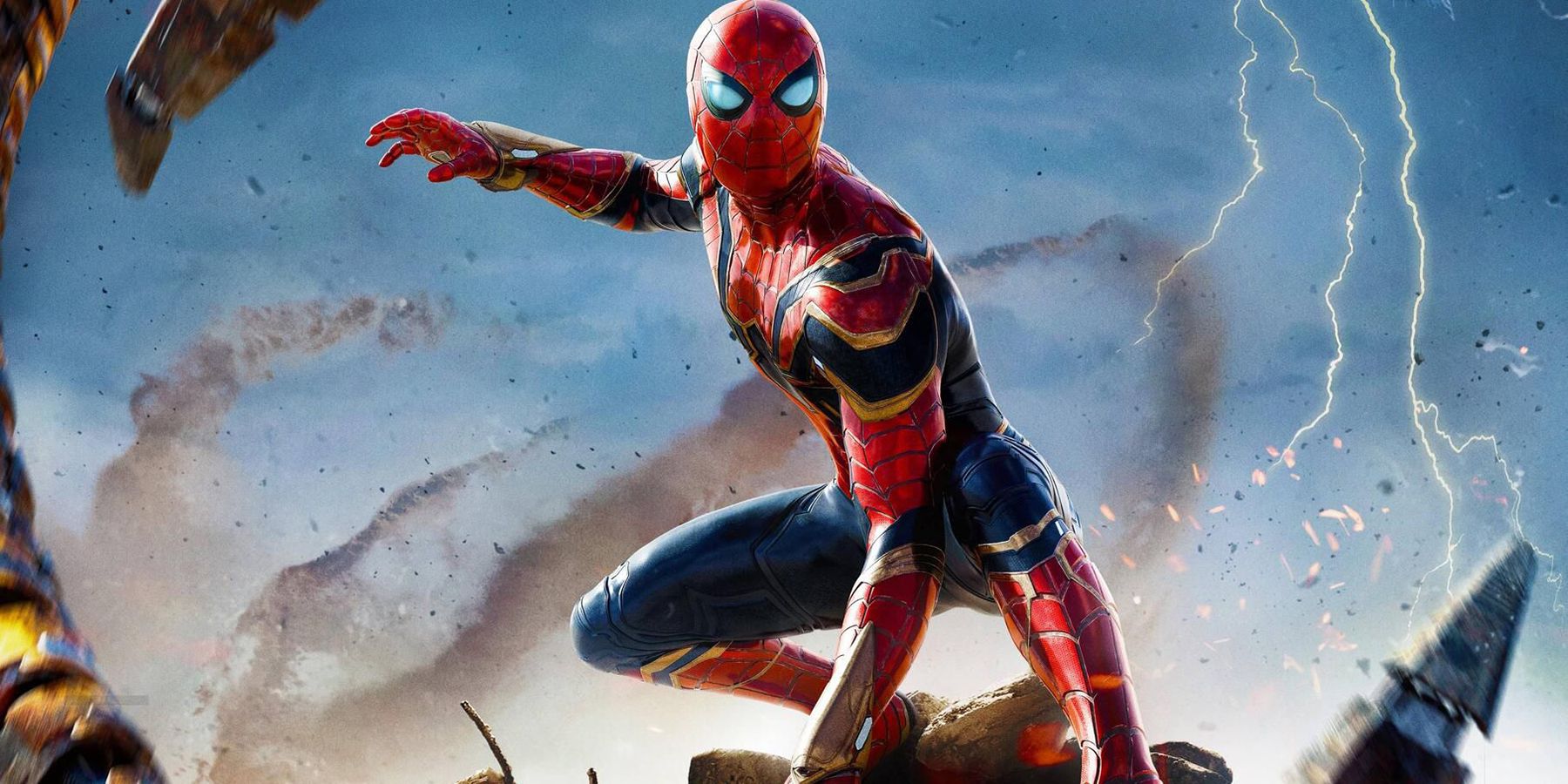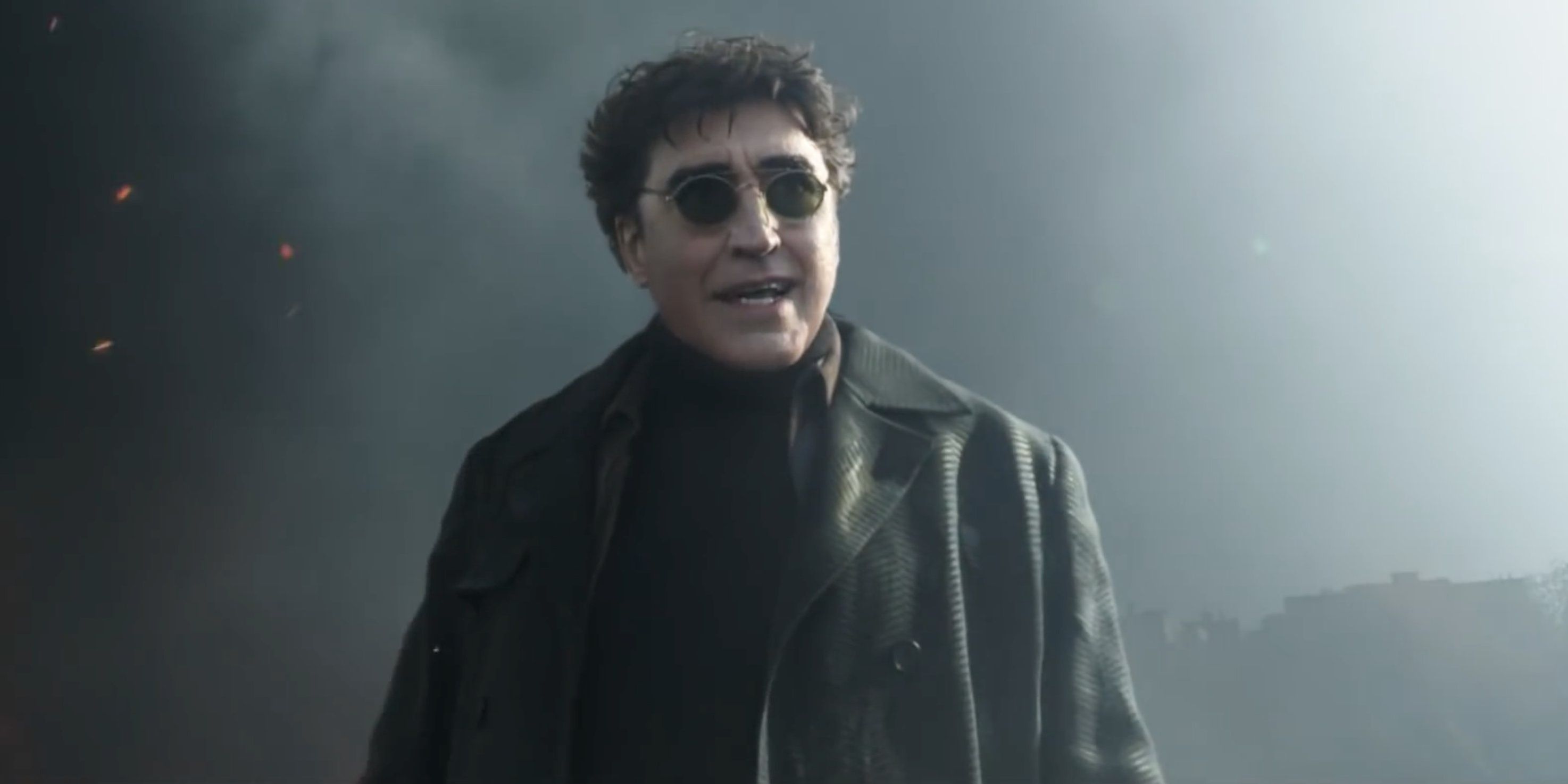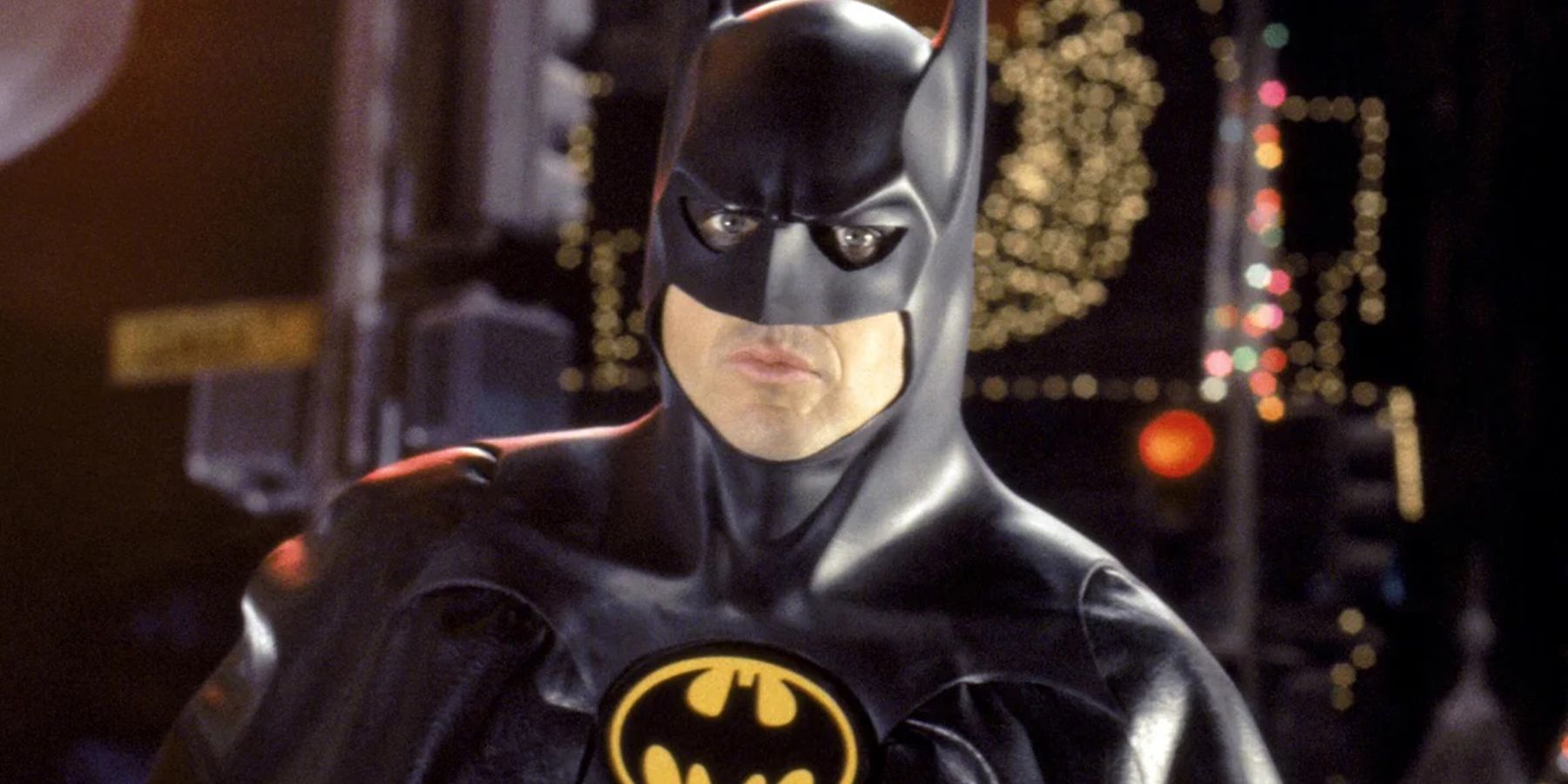Superhero movies have woven a massive tapestry over the past few decades, their rise to ubiquity buffeted by countless groundbreaking characters. Some standouts have remained so powerful as to be brought back from their original film into a brand new universe, with some fascinating results.
Fans have seen countless versions of their favorite characters by now, every big superhero is represented on screen by dozens of different animated and live-action adaptations. Every director and showrunner has their own spin on the superhero world they're given control over, and these disparate takes can be so alien to one another that they appear completely unrelated.
Set to release next month, Spider-Man: No Way Home, has made big waves with announcements of revivals of classic versions of fan-favorite heroes and villains. Sam Raimi's 2000's era Spider-Man trilogy is still extremely well remembered by fans of all types, and the groundbreaking villains of those films remain among the most loved in superhero movie history. Meanwhile, the 2010's Amazing Spider-Man films are less universally praised, but have a strong contingent of devoted fans who argue that they are the apex of the genre. Alfred Molina's iconic performance as Doctor Octopus from 2004's Spider-Man 2 and Jamie Foxx's fun portrayal of Electro from 2014's Amazing Spider-Man 2 are both set to reappear in No Way Home. Fans are scanning every detail for more callbacks and reincorporation, it's the primary topic of discussion surrounding the film. It's certainly exciting to see the characters back, but Raimi's deliberately classic style, Marc Webb's more modern sound and fury aesthetic, and the MCU's trademark presentation are not an easy fit, and things are bound to clash.
DC will also contend with this concern in a similar way. Next year, The Flash is set to see the speedster interact with the DCEU's Batman and the late 80's Micheal Keaton Batman. Any fan can point out the massive stylistic differences between the modern DCEU and Tim Burton's very particular vision. Burton's style hasn't evolved too much over the years, but his take on Batman brought a unique gothic eccentricity that has never really been recaptured by any other filmmaker's take. The DCEU's take on The Flash was designed for, and has only appeared in, Zack Snyder films thus far. There are few directors with more completely disparate visions than Tim Burton and Zack Snyder, its hard to imagine Keaton's Batman blending in seamlessly with the modern DCEU.
One obvious answer would be to modernize the designs, update the classic films to fit better with the current landscape. This would completely defeat the purpose of including them in the first place. Any filmmaker given the reigns could bring forth a new version of Doc Ock or Batman, but these established takes on the characters are iconic and will spark conversation. The fact that, in both cases, the characters are introduced to this new cinematic universe through interdimensional travel offers a narrative justification for the clashing designs. This diegetic explanation is necessary, but still doesn't excuse the cinematic choices from the perspective of the audience.
A cynical viewer might call this fanservice, sacrificing the stylistic themes of a film to shoehorn in references to things audiences already like. It's hard to argue against, dredging up already popular characters will always be much easier than creating new stories, or even new takes on old stories, and winning audiences over on their own merits. The most cynical versions of the idea are reminiscent of fan films; clashing visuals and meaningless details like children playing with assorted action figures. Introducing these classic versions of the characters without the input of the original film directors also runs the risk of ruining what fans love about the depiction. With all this against them, studios should have a very good reason to pull things from their beloved worlds and try to make them work again.
Perhaps the smartest thing to do with characters that are now decades removed from their most modern depictions is to lean into the differences. Fans and new viewers alike will notice the out-of-place designs, and even if they wouldn't, they probably heard about their inclusion months before the film's release. Everyone is aware that the superhero movie landscape has changed over the years, putting Snyder's Batman next to Burton's Batman will be a monument to that fact, so it should also delve into why it's changed. The designs will clash, including them without reason will be panned, the only way forward is to use this opportunity to explore the decades of design sensibilities and resulting shifts in cinema. Audiences and critics around the world have discussed the evolution of the genre every step along the way, now is the time for the dominant forces within the genre to explore that concept.
Show a random viewer Richard Donner's Superman and Snyder's Man of Steel, they will have an effective crash course in the ways superhero media has aged. With modern entries dragging old entries to the present, they have the opportunity to make that commentary on their terms, and to give meaning to the clashing of generations.



